SAKINAN-E SHAHR-E- QUAID PRESENTS INTERNATIONAL POETIC SYMPOSIUM
- 16 Apr - 22 Apr, 2022
Diana lived the life of 100 years in what is called a ‘short life’ and it was only because of the love she garnered through her utmost grace and love for all. As the world mourns the modern day ex-royal on her 21st death anniversary, we list down some of the details on why the world does not let her go…
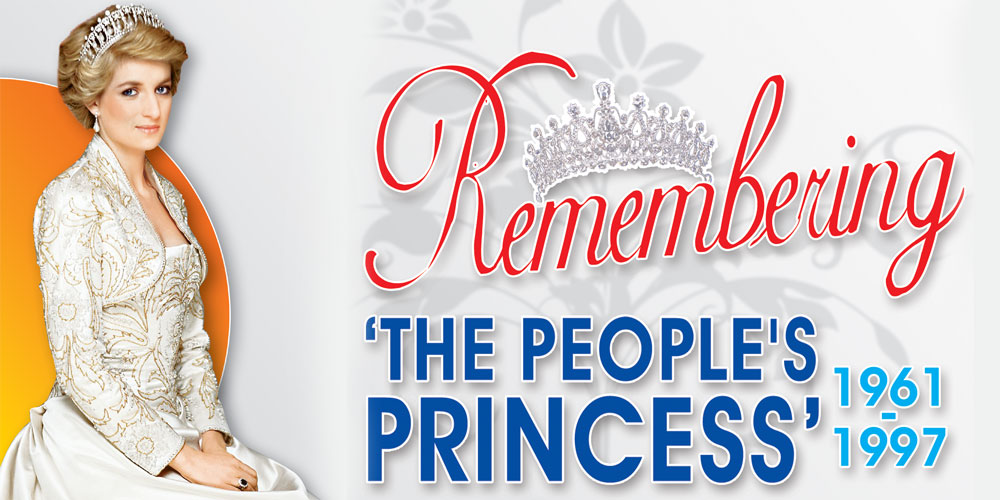
While Diana wasn’t exactly born into poverty - her aristocratic family, the Spencers, definitely had royal blood - she was still viewed as “outside” the British monarchy. Growing up, her parents divorced and she went to public school, and experienced things many other people her age were experiencing. This was ultimately one of the keys to Diana’s appeal: even if she had been given some of the finer things in life, the public viewed her as one of them.
Post-marriage, Diana frequently did things in the public eye that were out of the ordinary and shook the very foundations of the typical royal protocol. Aside from raising her two sons, William and Harry, as “normally” as possible, perhaps her most notable action was in 1987, when she shook hands with an HIV-positive man. Up until that point, no one had ever done that on TV, and HIV/AIDS phobia was at its peak back then.
“My first impression of Diana is that she was warm, sophisticated, elegant and smart,” said John O’Reilly, who worked at London Middlesex Hospital, where Diana visited. “This was Diana, Princess of Wales, coming in gloveless and shaking everybody’s hands, our patients as well as ours. That was very moving. If a royal was allowed to go in and shake a patient’s hand, that means somebody at the bus stop or the supermarket could do the same. I think she really educated people.”
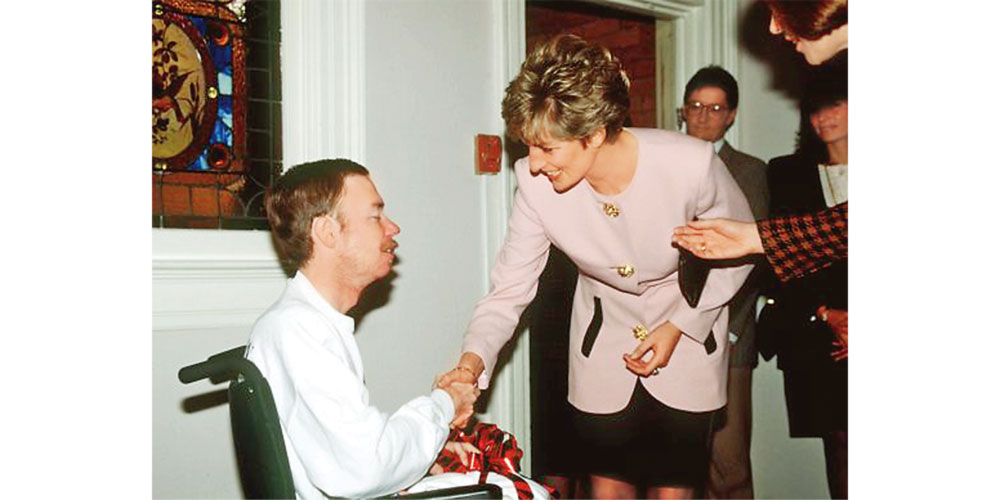
“From the moment her mega-wedding was watched by over 17-million people, she was coined a style icon and became the most photographed woman in the world,” said Amanda Alvaro, president of Pomp & Circumstance PR.
“And because of that, she appeared more ‘Hollywood’ than ‘royal’ – glamorous, gorgeous and yet accessible. People fell for it, they fell for her. And once they did, they couldn’t get enough of her. She was media savvy and media gold.”
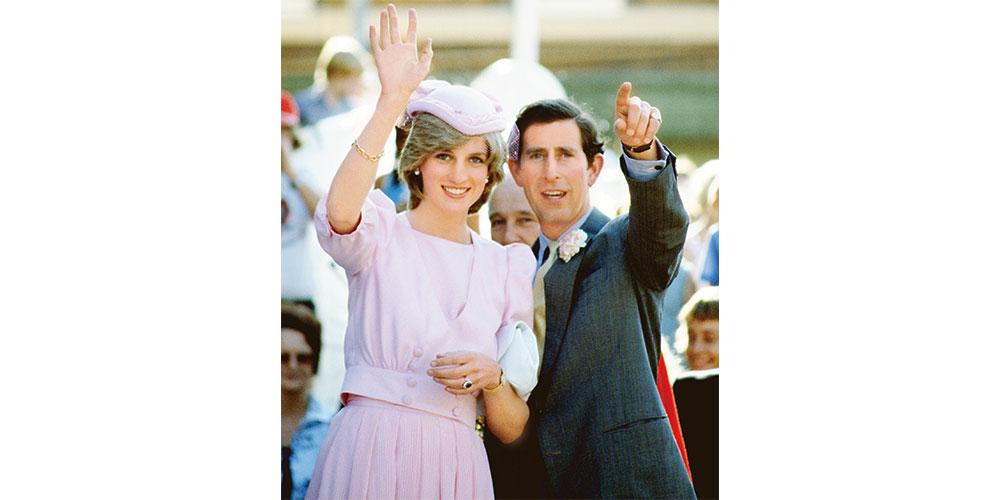
“She was one of the first non-pop culture celebrities to really intersect with pop culture, especially music,” said Max Valiquette, a marketing strategist and VP/Head of Planning. “I think that has an impact because of the celebrities who were close to her. We remember her more because we also remember Elton John remembering her, George Michael remembering her. In some ways, it’s reminiscent of Margaret Trudeau at Studio 54. The culture of fame shines a reflective light, too, and it makes those subjects glow even brighter. A princess who also hangs out with rock stars? That’s something bigger than just a princess.”
Diana seemed to actively resist royal instruction, like calling the security personnel by their first names (instead of their last names), throwing typical schoolboy birthday parties for Harry and William, and chatting with chefs in the Buckingham Palace kitchen. For comparison, consider that Queen Elizabeth visited the kitchen once a year, and met all the chefs lined up in a row.
Most daring of all was Diana’s interview with BBC reporter Martin Bashir in 1995, which humiliated the royal family on international TV. Diana spilled the beans on her affair with her riding instructor James Hewitt, she spoke candidly about Charles’ infidelities and perhaps worst of all, described Charles’ side as the “enemy” and said the monarchy was outdated and needed to be modernised.
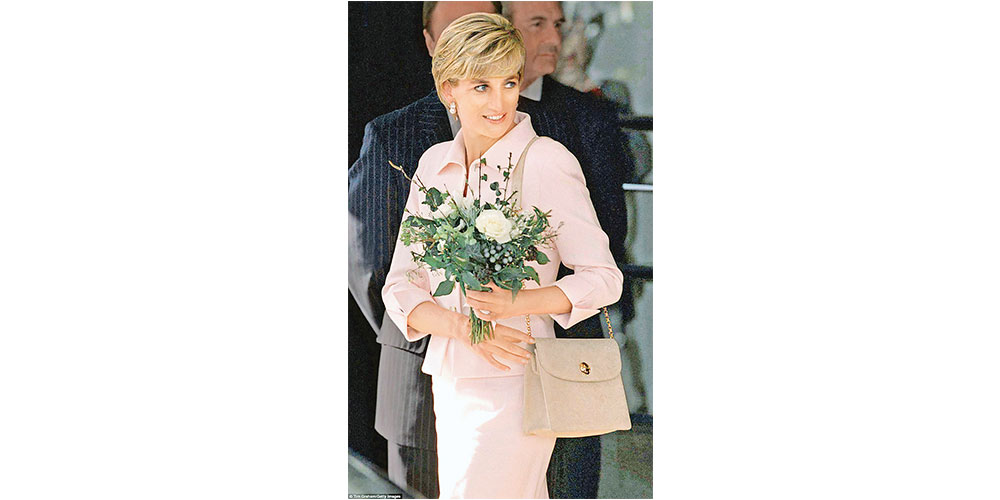
When Diana and Charles separated in 1992, she was charting unnavigated waters. In modern-day, a royal on that scale has never departed the royal family, especially someone so well-known around the world. In late 1993, she announced that she was withdrawing from public life.
In her speech, she said that her top priorities were her sons and her own privacy. Generally, the public was accepting of her request, though cameras would follow her and flash behind her for the rest of her days.
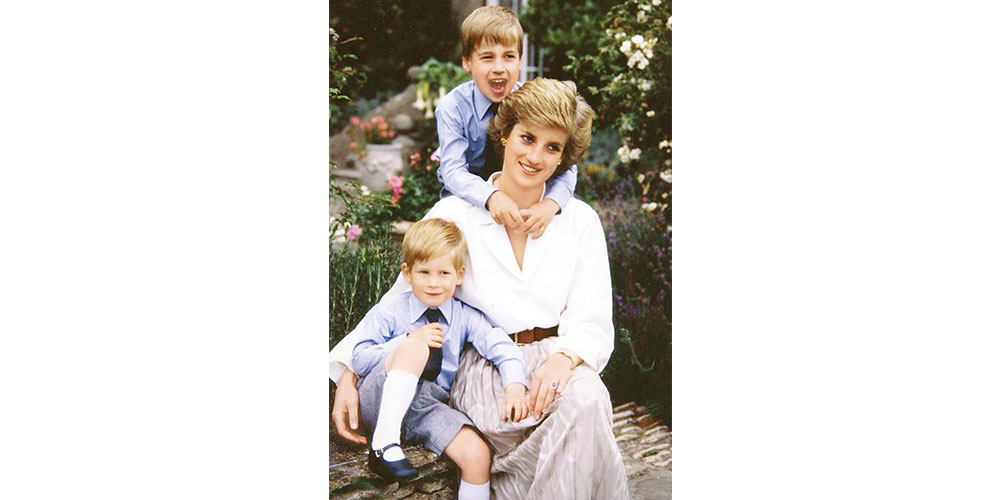
Most people can point to what they were doing when they found out about Diana’s accident and then, shortly afterward, her death at the age of 36. The mysterious elements and questions surrounding her death – was the chauffeur really that drunk? Did the paparazzi get too close? Would she have survived if she was wearing her seatbelt? Was she pregnant with Dodi al-Fayed’s child? - only add gasoline to the inquisitive fire.
When a famous person dies, the public is likely to turn them into a martyr, but what happens when that person is already pretty close to sainthood in the public’s eyes? In death, Diana became an almost otherworldly figure, an icon on the level of Mother Teresa or Gandhi.
This was made clear by the crowds of people lining the street as her coffin passed by. There were audible cries of sorrow, voices shouting “Diana! Diana!” and roses thrown on her coffin, materialising from what appeared to be thin air.
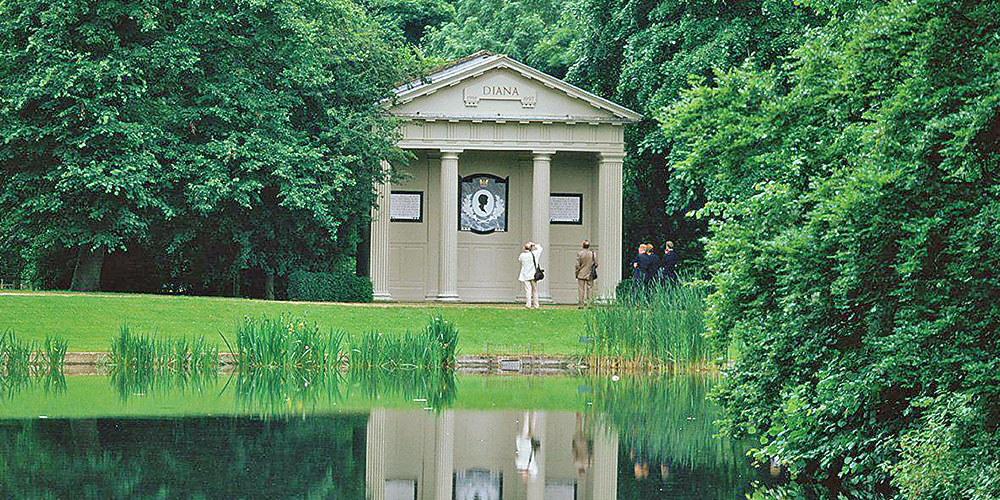
Princess Diana’s funeral was on September 6, 1997 and took place at Westminster Abbey. It was televised on the BBC with tens of thousands of people turning out to leave flowers and tributes outside Kensington Palace in the wake of her death. She was buried on an island in the Althorn Estate, the Spencer family home. The burial was held in private. There are several memorials to the ‘People’s Princess’ including the Diana Memorial Playground in Kensington gardens, the Princess Diana Memorial Garden at Kensington Palace and the Princess Diana Memorial Fountain in Hyde Park.
COMMENTS